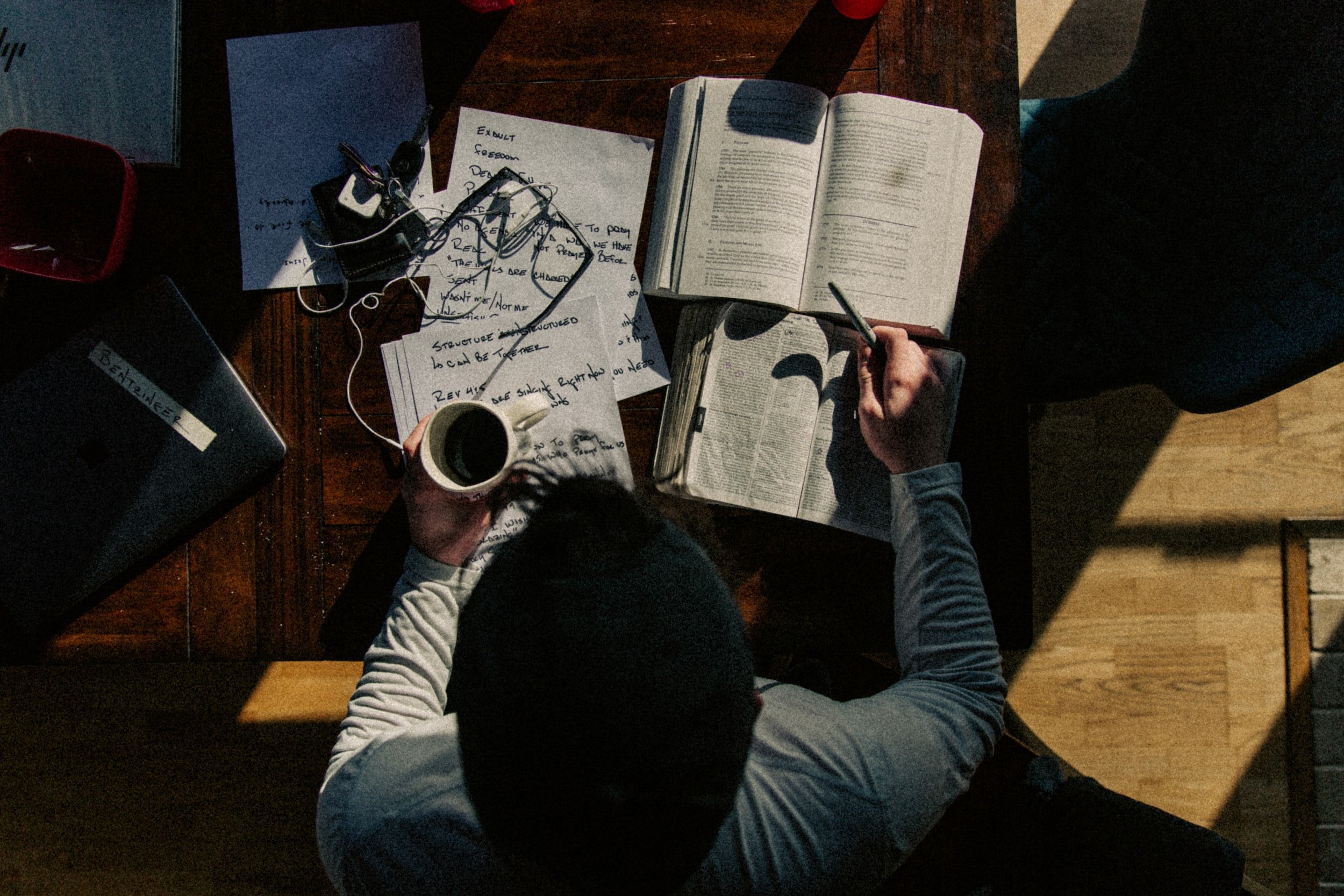
Artificial Turf FAQ
Here are some frequently asked questions and answers about artificial turf:
What is Artificial Turf?
Artificial turf is a surface made of synthetic fibers that resembles natural grass. It is used as an alternative to natural grass in sports fields, landscaping, and other areas where natural grass is difficult to grow or maintain. Artificial turf is often made from a combination of materials, including polyethylene, nylon, or polypropylene fibers, that are designed to mimic the look and feel of real grass. The fibers are typically woven into a backing material and then spread over a base of crushed gravel or sand. This creates a surface that is durable, low-maintenance, and can be used in a variety of settings. Some common uses of artificial turf include football and soccer fields, golf putting greens, and residential landscaping.
Is the maintenance process similar to real grass?
Artificial turf does not require watering, mowing, fertilizing, or other maintenance tasks associated with natural grass, making it a convenient and low-maintenance option. However, there still is a artificial turf maintenance process we advise to follow to ensure the proper care of your turf.
How durable is turf and what is it made of?
Artificial turf is typically made from a combination of synthetic materials, including:
Polyethylene: This is a type of plastic that is commonly used to make the fibers that mimic the look of blades of grass in artificial turf. Polyethylene fibers are durable, UV-resistant, and have a soft texture that makes them feel similar to real grass.
Nylon: This is another type of synthetic fiber that is sometimes used in the production of artificial turf. Nylon fibers are strong and durable, making them ideal for heavy-use areas like sports fields.
Polypropylene: This is a type of plastic that is often used to make the fibers for artificial turf. Polypropylene fibers are lighter and softer than polyethylene or nylon, making them a good option for landscaping and residential applications.
Infill: Artificial turf is typically filled with a material called infill to help support the fibers and provide a more realistic look and feel. Common types of infill include sand, rubber, or a combination of both.
Backing: The fibers in artificial turf are woven into a backing material, which provides stability and helps to prevent the fibers from shifting or separating. The backing material is typically made from a combination of materials, including polyethylene, polypropylene, or rubber.
